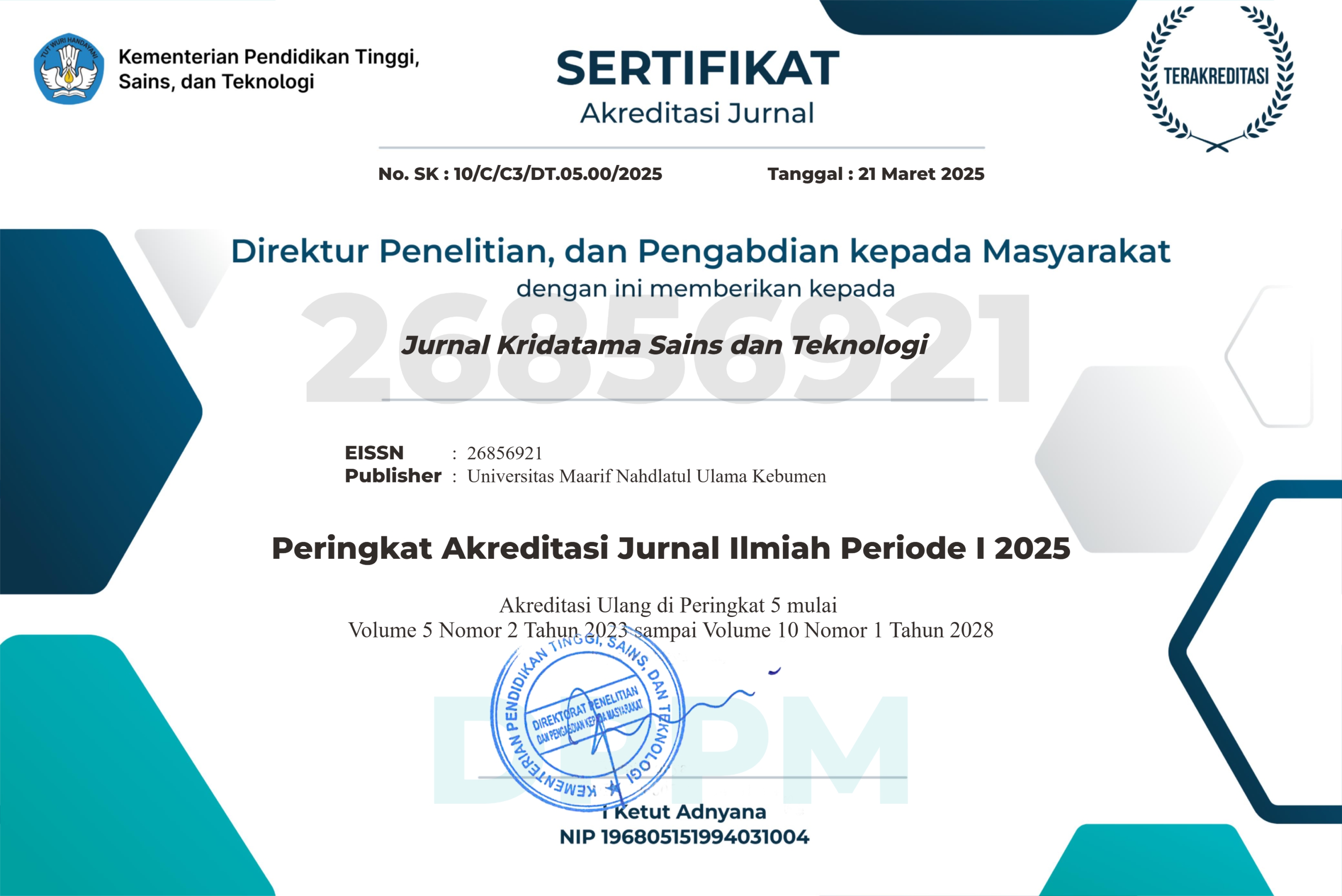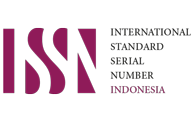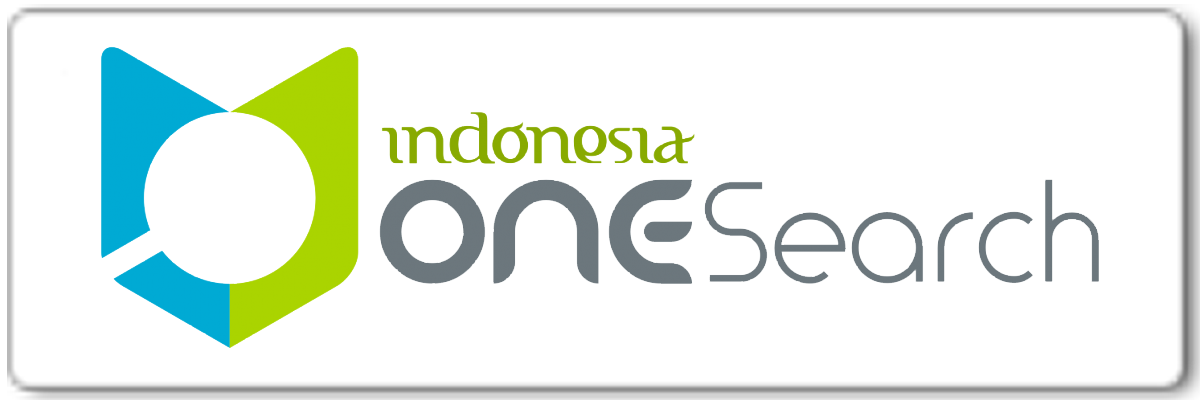Rancang Bangun Pengendali Jarak Jauh Panel Listrik Rumah Berbasis Mikrokontroler Arduino Uno R3 Menggunakan Smartphone Android dengan Komunikasi Bluetooth 3.0
DOI:
https://doi.org/10.53863/kst.v5i02.957Keywords:
Arduino Uno,Bluetooth, Microcontroller, Relays, smartphonesAbstract
The home electrical panel is a device that functions to divide electricity from the power source to the loads installed in the house. The operation of the Electrical Panel which is usually done directly by raising and lowering the Mini Circuit Breaker (MCB), then in making this Home Electrical Panel can be operated and controlled remotely without wires (remote). The principle of making this remote controller is the flow of electricity before the MCB is added, switching uses a relay that can be turned on or off by a controller based on the Arduino Uno R3 microcontroller and using an Android smartphone with Bluetooth communication. Programming or coding for Arduino microcontrollers and bluetooth modules using Arduino IDE software and making applications for Android smartphones using MIT App Inventor. Based on the results of the design and testing, by adding switching using a relay with a capacity of 220VAC-10A in each MCB-2A in the four areas of this electrical panel, each area can transmit and disconnect electrical power of 450VA controlled remotely wirelessly (remote) by operating from an Android smartphone with its Bluetooth communication feature with a range of up to 15 meters with obstacles and without obstacles it can still reach 20 meters. The results of this Electric Panel Design have 4 load areas that can be controlled remotely using an Android Smartphone to connect and disconnect electricity from the power source with a recommended maximum capacity of 2A 220VAC or equivalent to 450 VA per area.
Keywords: Arduino Uno,Bluetooth, Microcontroller, Relays, smartphones.
References
Faudin, A. (Tidak ada tanggal terbit yang diberikan). Tutorial Arduino - Mengakses Module Bluetooth HC-05. Diakses pada 15 Desember 2022.
Kho, D. (2020). Pengertian Relay dan Fungsinya. Teknik Elektronika. Diakses dari https://teknikelektronika.com/pengertian-relay-fungsi-relay pada 15 Desember 2022.
Kusumo, B. (2020). Laporan Akhir Penelitian Rancang Bangun Pengendali Mesin Es Menggunakan Modul ESP8266 dan Aplikasi Blynk. Universitas Krisnadwipayana.
MIT App Inventor. Diakses dari https://appInventor.mit.edu/.
Modul Transmisi. (Tidak ada tanggal terbit yang diberikan). Manual Modul Transmisi Transparan Port Serial Bluetooth SPP. Diakses dari https://manuals.plus/id/modul-transmisi/Manual-modul-transmisi-transparan-port-serial-Bluetooth-spp#ixzz7mJUHQWTC pada 15 Desember 2022.
Muhammad, I. (Tidak ada tanggal terbit yang diberikan). Laporan Tugas Akhir. Diakses dari http://digilib.polban.ac.id/files/disk1/147/jbptppolban-gdl-ilhammuham-7308-3-bab2--3.pdf.
Pribadi, G., & Yonas Prima Arga Rumbyarso. (2023). Analisis Perbandingan Daya Dukung dan Penurunan Pondasi Tiang Bor Dengan Perhitungan Manual dan Software ALLPILE. Jurnal TESLINK: Teknik Sipil Dan Lingkungan, 5(2), 16-20. https://doi.org/10.52005/teslink.v5i2.301.
Priambodo, R. (2017). Laporan Tugas Akhir Bab II. Diakses dari https://repository.dinamika.ac.id/id/eprint/2484/4/BAB_II.pdf.
Rumbyarso, Y. P. A. (2023). Re-planning of Concrete Structures in the Ngoro Dormitory Project in Surabaya. Journal of Applied Science, Engineering, Technology, and Education, 5(1), 15-24. https://doi.org/10.35877/454RI.asci1592.
Rumbyarso, Y. P. A. (2023). Penyuluhan Komposisi Campuran Beton untuk Jalan Tol. Journal of Social Work and Empowerment, 2(3), 137-144. Diambil dari https://ejournal.sidyanusa.org/index.php/joswae/article/view/429.
Zakir, D. B. (2018). Control Relay 4 Channel With ESP8266. Diakses dari https://www.dickybmz.com pada 30 November 2022.
Downloads
Published
How to Cite
Issue
Section
License
Copyright (c) 2023 Bayu Kusumo

This work is licensed under a Creative Commons Attribution-ShareAlike 4.0 International License.
Authors retain copyright and grant the journal right of first publication with the work simultaneously licensed under a Creative Commons Attribution-ShareAlike 4.0 International License that allows others to share the work with an acknowledgment of the work’s authorship and initial publication in this journal

















